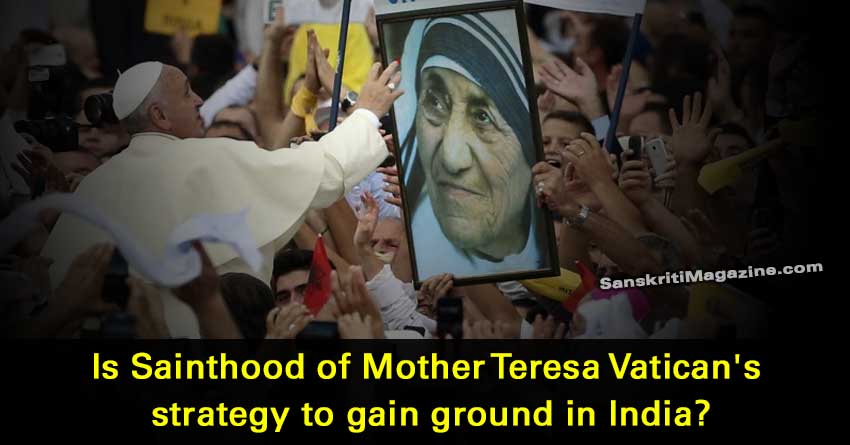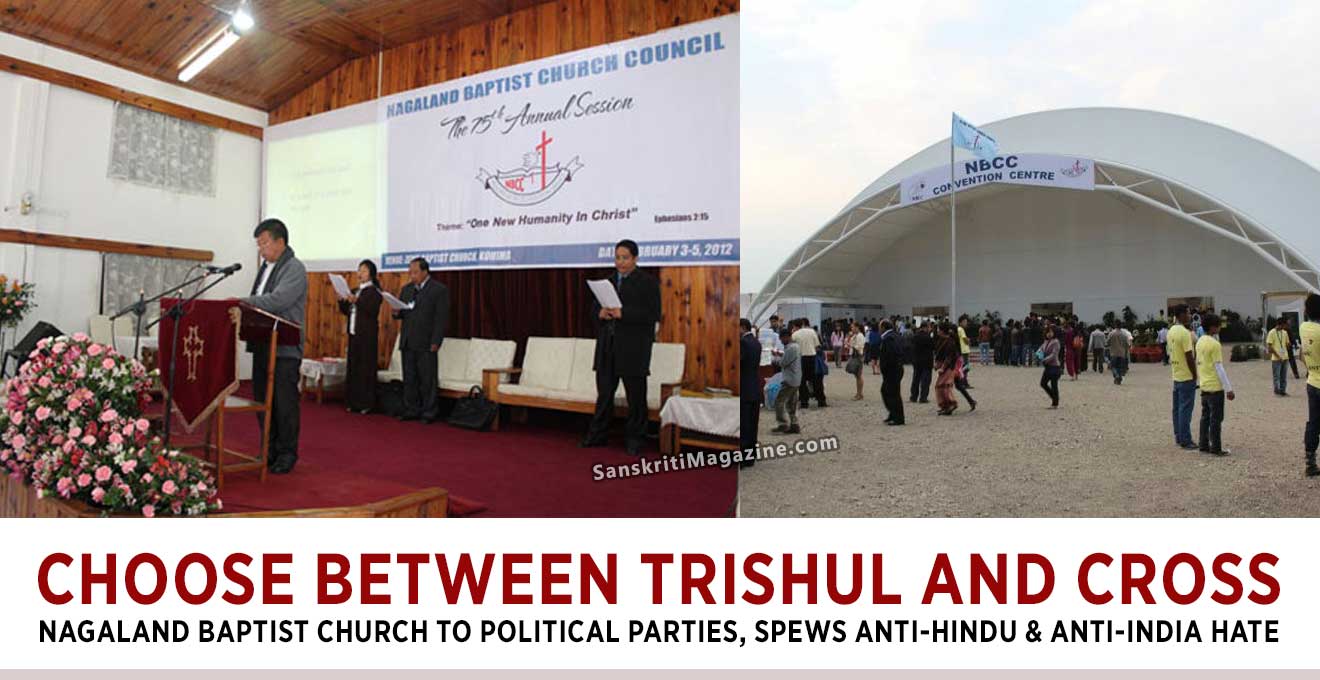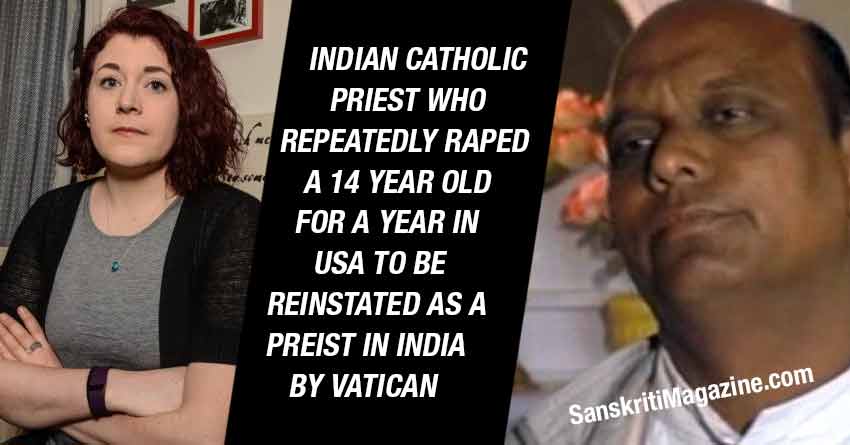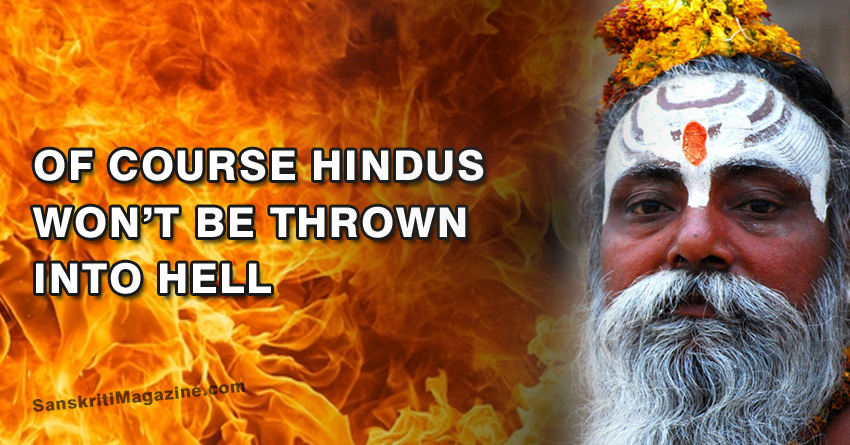By Sandeep B
You urge Judge Ito to look into his heart — as he sentences Charles Keating — and do what Jesus would do. I submit the same challenge to you. Ask yourself what Jesus would do if he were given the fruits of a crime; what Jesus would do if he were in possession of money that had been stolen; what Jesus would do if he were being exploited by a thief to ease his conscience?… You have been given money by Mr. Keating that he has been convicted of stealing by fraud. Do not permit him the ‘indulgence’ he desires…
This was Paul Turley, the Deputy District Attorney for Los Angeles and Charles Keating’s co-prosecutor, replying to Mother Teresa who had written a letter to Judge Lance Ito who was about to hand out a damning sentence to Keating who in turn had duped millions of America’s small investors inducing them to invest in his Ponzi schemes.
Now why would Mother Teresa of Kolkata write to a US judge in this manner? Because Charles Keating was her friend and benefactor who had bestowed 1.25 million dollars (in the 1980s).
Needless, Mother Teresa never replied to Turley. Charles Keating was punished with ten years’ imprisonment.
Last week, Pope Francis announced that Mother Teresa would finally be canonised as a saint on September 4 this year. That date marks the 19th death anniversary of the 20th century’s Nobel Prize-winning Catholic nun.
Mother Teresa also represents a timeless phenomenon rooted in the human psyche: of the willing sacrifice of reason at the altar of packaged piety.
The criticism of Mother Teresa hinges typically around these themes:
- Her fanatically rigid views on abortion, contraception and divorce
- Her methods of caring for the sick and the dying at her hospice in Kolkata as also baptising the dying—who were barely in a state to give consent—so she could take one more step to be “united with Jesus.” (Brian Kolodiejchuk: Mother Teresa – Come be My Light – The Private Writings of the “Saint of Calcutta”)
- The suspicious management of the enormous sums of money her Missionaries of Charity received
- Her friendships with all manner of wealthy—but shady—characters, dictators and the like to whom she awarded character certificates of Godliness in return for the favours and money she received from them while overlooking, even justifying their unsavoury deeds.
These revelations were first uncovered by her most vocal and famous critic, the late Christopher Hitchens in his seminal The Missionary Position: Mother Teresa in Theory and Practice.
The medical doctor Aroup Chatterjee followed Hitchens’ lead by writing the comprehensive Mother Teresa: The Final Verdict, containing extensive documentation to back up his damning critique about Mother Teresa.
The deceased American social commentator and Pulitzer-winning journalist Murray Kempton notes that Mother Teresa’s “love for the poor is curiously detached from every expectation or even desire for the betterment of their mortal lot and is concentrated upon accelerating their progress toward “the greatest development of the human life, to die in peace and dignity, for that’s for eternity.”
Both Hitchens and Chatterjee were committed atheists and had nothing to gain personally from these investigations about Mother Teresa.
After she was catapulted into instant worldwide stardom thanks to the BBC’s Malcolm Muggeridge’s documentary,Something Beautiful for God, she became sacrosanct, above the scrutiny of mere mortals. And her legend only grew until she was awarded the Nobel Peace Prize. In her acceptance speech, she called abortion the “greatest destroyer of peace.”
Hitchens traces Mother Teresa’s elevation to uncritical holiness in these terms:
The rich world has a poor conscience, and many people liked to alleviate their own unease by sending money to a woman who seemed like an activist for “the poorest of the poor.” People do not like to admit that they have been gulled or conned, so a vested interest in the myth was permitted to arise, and a lazy media never bothered to ask any follow-up questions.
Equally, in his analysis of the Mother Teresa phenomenon he reminds us of the “elementary rules of logic, that extraordinary claims require extraordinary evidence and that what can be asserted without evidence can also be dismissed without evidence.”
However, the most definitive—or damning—academic evidence that there was another side to Teresa’s piety and caring for the sick, poor, and the dying emanates from a study done by Professors Serge Larivée and Geneviève Chénard of the University of Montreal and Carole Sénéchal of the University of Ottawa.
The paper (available online) titled Les côtésténébreux de Mère Teresa (The Dark Side of Mother Teresa) published in the March 2013 issue of theJournal, “Studies in Religion/Sciences Religieuses”is the result of an “analysis of 287 documents covering covering 96% of the literature on the life and work of Mother Teresa of Calcutta (born Anjezë Gonxhe Bojaxhiu), the Albanian-Indian Roman Catholic nun, 1979 Nobel Peace Prize winner, and founder of the Order of the Missionaries of Charity (OMC).”
These documents include Mother Teresa’s own correspondences and letters but more on this in a bit.
Because the Vatican has now officially announced the date of her canonisation, it stands to reason to examine its long relationship with Mother Teresa.
If there’s one aspect of the Christian faith that the Vatican controls with an iron fist, it is the matter of hierarchy: unquestionable obedience at all times. Every bishop, priest, preacher, nun and mother must know his or her place at all times. The Vatican doesn’t permit unsanctioned or free agent Christian saints.
And so, when Teresa of the Loreto Sisters sought permission from her superiors in 1946 to start her own (new) order, her request was turned down by Archbishop Ferdinand Perier. After two years of incessant pleading, the Vatican finally gave its approval. Two months after this, she landed in Calcutta.
In 1962, at a gathering of Indian Catholics in Bombay, she strongly opposed the reforms initiated by the Second Vatican Council and called for “more work and more faith not doctrinal revision.”
Her belief in the core Christian doctrine was absolute and literal. As Hitchens notes,
“Her position was ultra-reactionary and fundamentalist even in orthodox Catholic terms. Believers are indeed enjoined to abhor and eschew abortion, but they are not required to affirm that abortion is “the greatest destroyer of peace,” as MT fantastically asserted…”
The Vatican was alarmed by her positions on abortion, divorce and contraception but could do little after Muggeridge’s work bestowed her with the stardom of piety on the global stage. And so it played along in her myth making.
University of Montreal’s research also uncovers a little-known fact about Mother Teresa: she had suffered from a personal crisis of faith at various points in her life.In her own words,
For me, the silence and the emptiness is so great, that I look and do not see,—Listen and do not hear—the tongue moves but does not speak.” “Such deep longing for God—and … repulsed—empty—no faith—no love—no zeal.—[The saving of] Souls holds no attraction—Heaven means nothing.” “What do I labor for? If there be no God—there can be no soul—if there is no Soul then Jesus—You also are not true… So many unanswered questions live within me afraid to uncover them—because of the blasphemy—If there be God—please forgive me—When I try to raise my thoughts to Heaven—there is such convicting emptiness that those very thoughts return like sharp knives and hurt my very soul.—I am told God loves me—and yet the reality of darkness and coldness and emptiness is so great that nothing touches my soul.Did I make a mistake in surrendering blindly to the Call of the Sacred Heart?”
Ironically, this was unearthed by Father Brian Kolodiejchuk, the advocate appointed by Pope John Paul II to ascertain whether Mother Teresa could be canonised. Indeed, it was Father Brian, the Advocatus Dei (God’s Advocate) and not the Advocatus Diaboli (Devil’s Advocate) who declared her unfit for canonisation! The office of the Devil’s Advocate had been abolished by Pope John Paul II.
And so, by the Vatican’s own rules for canonisation, this fact of her questioning the faith should automatically disqualify Mother Teresa from being canonised. More damagingly, Archbishop D’Souza of Kolkata said that towards the end of her life, “her troubled and sleepless condition gave rise to such concern that she was subjected to an exorcism.”
Yet Pope Francis has given his green signal for her canonisation in September.
But there’s more.
Performing miracles is one of the huge bonuses that boosts one’s chances at being canonised. In Mother Teresa’s case, this materialised in the form of Monica Besra who claimed that a beam of light emerged from Mother Teresa’s picture and cured her of a cancerous tumour. However, it turned out that she had no cancerous tumour but a tubular cyst which was cured by prescription drugs, a fact confirmed by her physician Dr Ranjan Mustafi. Yet, the Vatican hasn’t interviewed Dr Mustafi but has upheld the “miracle” as true. And Pope Francis approved a second miracle in December 2015 which claims that in 2008, she cured a Brazilian man with multiple brain tumours “following the nun’s intercession.”
Which brings us back to Pope John Paul II who holds the record for canonising the maximum number of saints in the history of the Catholic Church. Total number of saints canonised from 1588 excluding those during John Paul II’s reign: 285. Total number of saints canonised by John Paul II: 480 in just 27 years.
John Paul II also simplified the Catholic Church’s established procedures for making saints. In Mother Teresa’s case, he shortened the beatification—the first step before canonisation—period. Until his time, a person could be nominated for beatification only after five years after his/her death. Mother Teresa was nominated for beatification just a year after her death, and was officially beatified in 2003.
John Paul II’s actions with respect to Mother Teresa needs to be viewed in a larger civilisational context. India is perhaps the only large nation in the world whose majority follows a non-Abrahmicreligion: Hinduism.
On Diwali 1999, John Paul II, known for his “fervor to expand the global influence of his church” visited India and gave a call “to replenish the dwindling ranks of practicing Catholics in the West with Asian converts” by signing the “Ecclesias in Asia,”a document that exhorted the faithful for “reaping a great harvest of faith in Asia in the third Christian millennium.”
Christianity is all but dead in Europe, where Church attendance is anywhere in the range of one or two per cent with several Churches turning into pubs and restaurants. The additional threat of increasing Islamism, escalating Jihadi violence and frequent illegal immigration from Islamic countries is further pushing Christianity into oblivion.
Unlike the medieval Crusades, the Pope today doesn’t have the means or the authority, nor is the current political system in Europe structured to support the Christian religion in waging a physical war against Islam. And hence the lookout for newer places where the faith can find safe harbor by means of sustained conversions. With a population of 1.25 billion of which the majority is Hindu, India does offer an ample bounty.
Therefore, it wouldn’t be far fetched to claim that Mother Teresa’s canonisation is part of the Vatican’s strategy to further deepen and widen its roots in India. For the large part, most Indians including non-Christians continue to uncritically accept—and even venerate—Mother Teresa as a saintly lady. An official canonisation would perhaps add additional muscle.
This should actually concern India: do we want to retain our civilisational roots that make India unique from the rest of the world or do we wish it to become a Christian outpost of the West like say, Philippines?
In the end, no one grudges Mother Teresa’s canonisation. But then given how the Vatican has itself violated its own long-established processes of canonisation, the whole spectacle is both ironical and tragic. We call upon Christopher Hitchens who, writing about her beatification in 2003 summed it up the best:
What is so striking about the “beatification” of the woman who styled herself “Mother” Teresa is the abject surrender, on the part of the church, to the forces of showbiz, superstition, and populism.
(Source)











